What Is The Best Wood for a Sauna? What You Need to Know!
-
Pete Ortiz
- Last updated:
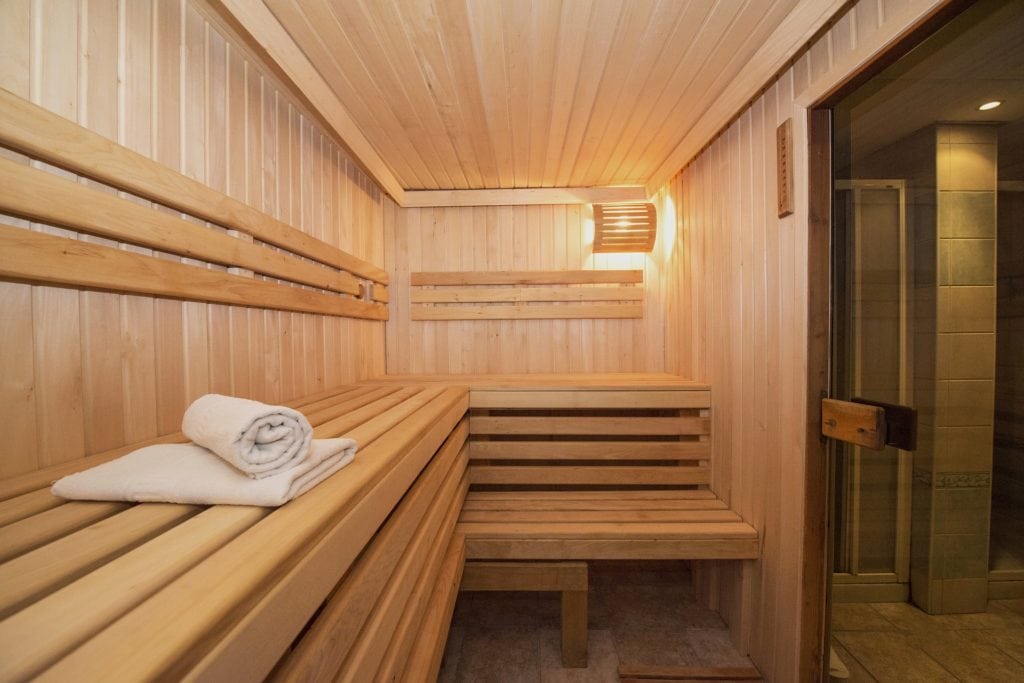
We’re not going to beat around the bush, Western Red Cedar is—and always has been—the best wood for any sauna. The thing about saunas is, you cannot just use any type of wood that’s available. You have to take into account its individual properties, and how those properties will influence the performance of the facility.
Read on below to find out why we think Western Red Cedar should be your top choice for a sauna.
Western Red Cedar
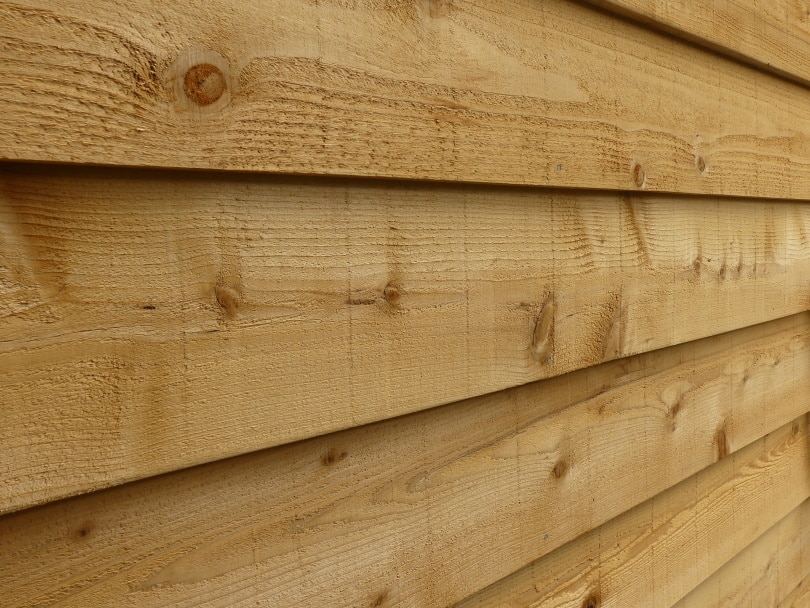
Western Red Cedar is not only mold-resistant but also repels nearly all insects. This is an important factor because wood-damaging insects can easily weaken the integrity of any structure. They’ll feed on the wood, tunnel through it, and then start building nests.
Aesthetics and the pleasant scent are also good reasons why Red Cedar is such a good option. Red Cedar has a scent so powerful that it has the ability to relieve stress, improve mood, and positively influence an individual’s working capacity.
Red Cedar is categorized as a low-density wood. Might not be good news if you’re only into hardwood, but it’s ideal if you’re looking for something that won’t absorb too much heat.
There are downsides to working with cedar, though.
One, it’s a known allergen. An allergen is any substance that has the potential to cause an allergic reaction. Some people get irritated by its smell, especially those who happen to have a high degree of sensitivity to scents.
Two, scratching or denting cedar is easy. But this is not surprising, considering it’s a softwood. Lastly, because cedar is not easy to grow or harvest, it always comes with a relatively high price tag.
Top 5 Alternatives To Western Red Cedar Wood for Saunas
1. Magnolia
In some parts of the world, it’s referred to as the tulip tree—a name that was given to it because it produces flowers that are shaped just like tulips, with color bands at their bases. Speaking of, scientists believe those flowers evolved to encourage pollination by beetles.
The Magnolia belongs to the family Magnoliaceae. It’s ancient and has patterns similar to those of the radiata pine and ash, in addition to a creamy but golden hue. Unlike Western Red Cedar wood, magnolia is classified as intermediate on the density scale. But that shouldn’t be a turn-off in that it’s still perfect for exterior paneling, interior décor, and sauna benches.
By the way, if wood warping has been a problem that’s been giving you sleepless nights, you now have a solution—changes in moisture levels will never affect it in any way.
2. Redwood
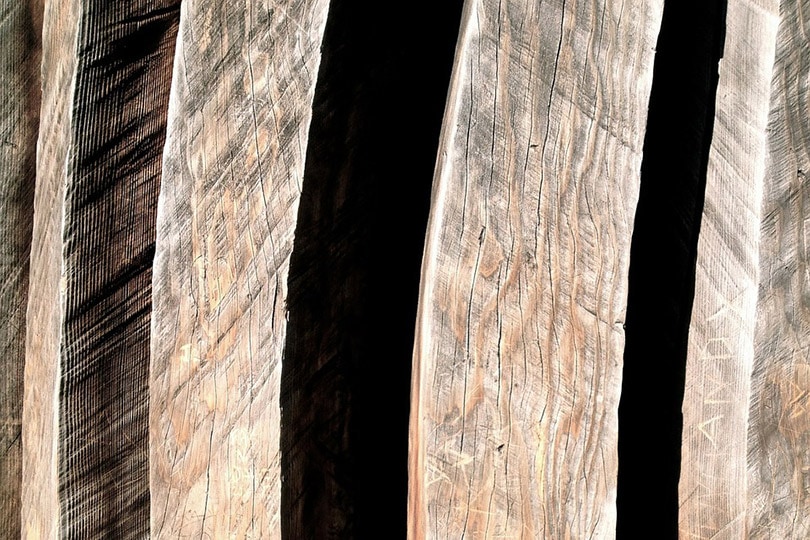
Redwood is certainly one of the strongest materials on planet Earth. To put it into context, it’s about five times stronger than the plastic decking products we’ve used, and lighter than your typical tropical hardwood or plastic composite.
This wood will for sure make your work easier if you’re building a DIY sauna. Irrespective of what tools you use it will always be easy to drill, saw, and cut. What’s more, it comes with natural tannins that ensure it serves you for a lifetime, even when exposed to moisture or varying temperatures.
Aesthetically, it’s pleasing. However, as time goes by, that red color starts changing to dirty gray. This is caused by a chemical reaction that occurs as a result of mixing body oil, perspiration, and the acid that’s naturally found in the wood.
There are also people who prefer not to work with Redwood because often, albeit temporarily, that red color sometimes leeches into the skin. And if you compare its price tag to that of the Western Red Cedar, you’ll realize it costs a fair bit more.
3. Basswood
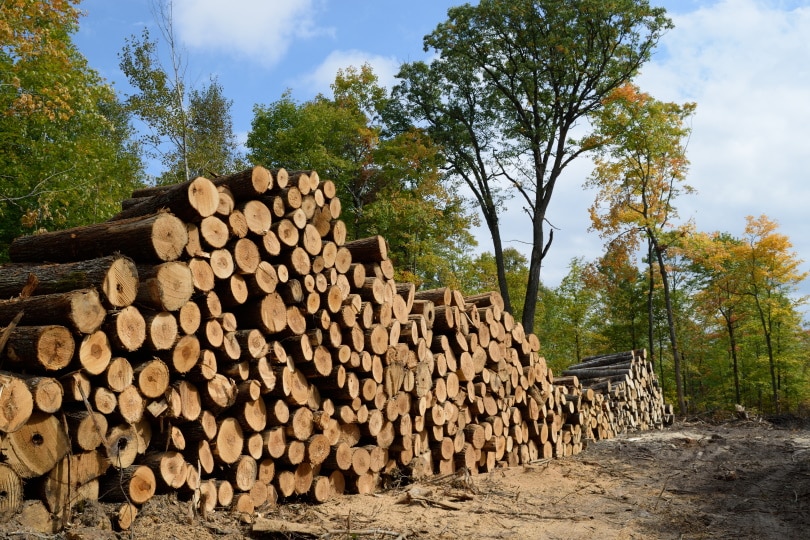
With Basswood, you won’t be getting any bells or whistles. All you’ll be getting is basic wood that’s affordable, somewhat durable and has the ability to blend into any furnishing, courtesy of its neutral, pale brown color.
You’ll be glad to learn that the basswood is considered a hypoallergenic wood. That’s to say, if you’re someone who easily reacts to different allergens, it would suit you perfectly.
Unfortunately, it’s not the type of wood that we would typically go for in a sauna seeing as it has less resistance to bacteria, water, or even insects. Furthermore, for it to maintain a tip-top shape, it has to be thoroughly cleaned and polished regularly.
4. Canadian Hemlock
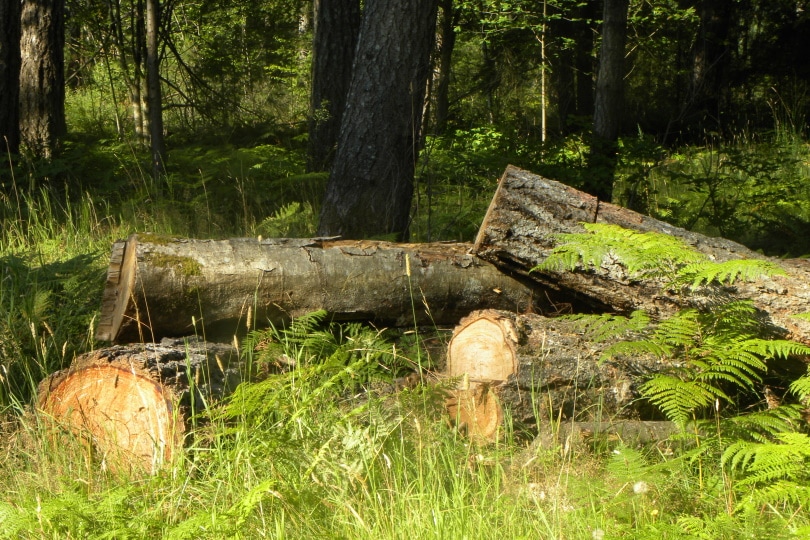
Sometimes referred to as the Eastern Hemlock, this species has a coarse grain and a light buff color that compliments any exterior décor. That’s why you’ll find people using Western Red Cedar wood when building the inside features of a sauna, and Canadian Hemlock on the outside.
Hemlock is not as strong or even as hard as most of the above-mentioned woods. It’s not also rot-resistant, and that’s why we feel like it would be a mistake to use it when building the interior features of a sauna. That moisture will invite bacteria and several other microorganisms that will in due time damage the wood, thereby compromising the integrity of the whole structure.
5. Poplar
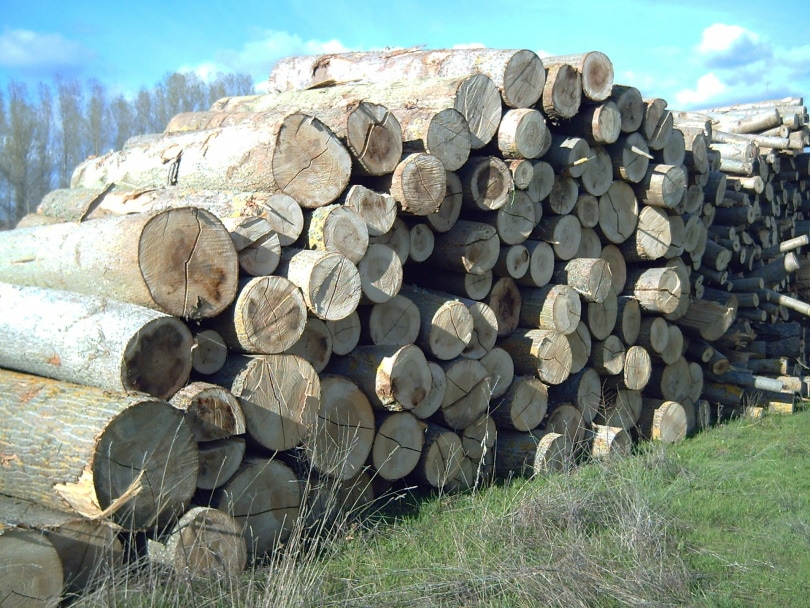
The other hypoallergenic wood that comes to mind for saunas is Poplar. It doesn’t have phenols, scents, or any chemical compound that could irritate one’s skin.
The grain of Poplar is uniform and doesn’t come with knots. It’s pale yellow in color, and doesn’t overheat, secrete resin, or splinter.
Although it’s been known to be one of the easiest woods to drill or cut, you would hate to be the person tasked with sanding or finishing it. We don’t know why, but sanding or applying finish to Poplar is no picnic.
- Related Read: What Is The Best Wood For Picnic Tables? (With Pictures)
Final Thoughts
In conclusion, Western Red Cedar is the best wood for saunas out there and it should be your top choice if you’re thinking about building one.
If it’s unavailable or too costly, you can go for any one of the alternatives that we’ve just listed. Don’t forget to take into consideration other important factors, which include aesthetics, density, workability, rot resistance, and durability.
Featured Image Credit: nkaminetskyy, Pixabay
Contents


